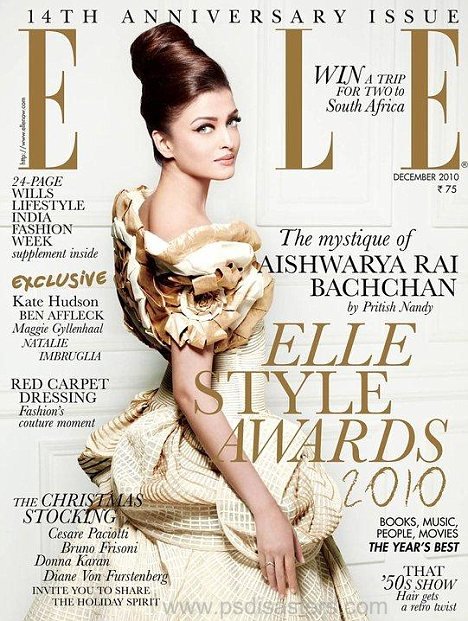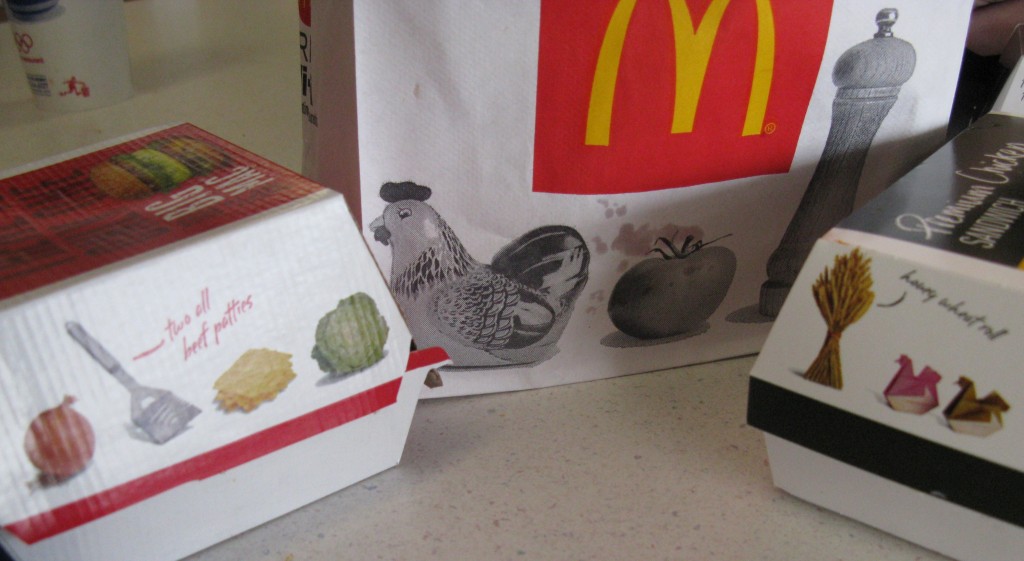
We owe the term “sociological imagination” to C. Wright Mills, a fundamental figure in sociology. He defined it as the intersection of history and biography. In his book by the same name, he writes:
The sociological imagination enables us to grasp history and biography and the relations between the two within society
I couldn’t help but think of Mills’ words when I came across this video at Crooked Timber. In it, French children are asked to interpret technologies that, though just a few years out of date, pre-date their biography. While their guesses are creative and humorous, they also neatly demonstrate that, no matter how unique we are, we are also products of our time.
UPDATE: Unfortunately the version of this video that had English subtitles has been made private and we haven’t been able to find another version. Here’s a version without any subtitles:
Lisa Wade, PhD is an Associate Professor at Tulane University. She is the author of American Hookup, a book about college sexual culture; a textbook about gender; and a forthcoming introductory text: Terrible Magnificent Sociology. You can follow her on Twitter and Instagram.








